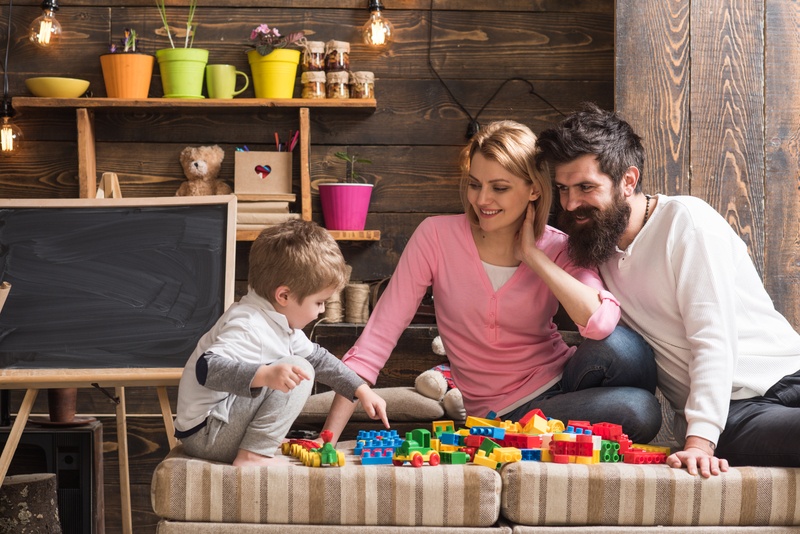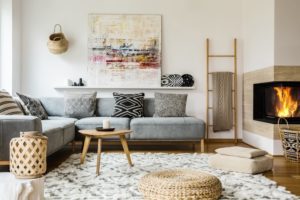Your Guide for Staying Inside – Creating Space

In case you missed it, we went through three easy ways to keep in a routine during this time of quarantine in part one of the ‘staying sane inside’ series. Now that you have begun thinking about putting a routine in place, we can focus on the habits around that routine.
Dr. Theresa Tam, Canada’s Chief Public Health Officer, states that “…The important thing is to stay in your bubble and not burst someone else’s.” She is speaking not only of the 6-foot space that surrounds you, but the space that includes the people that you live with, or have to spend the majority of your time with during this period of quarantine. If you stay within that “bubble” you will only be around the same few people, if you go visit someone you wouldn’t normally see, you have now “popped” both their bubble and yours! You can see a perfect demonstration of this HERE.
To ensure we stay within that bubble we have to create space for ourselves. You may find that being productive is easier when you are sitting down at your desk, or sleeping comes easily when you are in your bed, or even dinner tastes best when it is served at the dinner table. This is because we have created these habits in these spaces to do only a specific task there. It is important to have this separation of spaces, as it allows our brain to focus on the task at hand and not be distracted with something else we usually do there. Because let’s be real, when you sit down on your couch to do work, your brain (and eyes!) are most likely flicking to the TV in front of you.
Here are three tips for creating those designated spaces in your home:
1. Physical Spaces
Are you working from home? Create a designated working space where you will be productive. Set up your workstation where you feel you will be less inclined to be distracted. This might be at the kitchen table, which is also your eating space. If you pick a specific seat at that table where you only do work, you will train your brain to be productive there. Recently unemployed? Create designated relaxing, learning and exercise spaces where you can do those specific tasks. Even if it’s in the same room, as long as they are slightly different, your brain will differentiate. For example, you could use the living room floor to work out, the living room couch that is facing the tv to indulge in digital use, and a comfy chair in the same room to relax, read, or draw in.

2. Mental Spaces
There is a plethora of time for many of us. Use this time to create space for yourself. In a designated space, take a moment to turn off devices, the outside world and close your eyes. Use the idea of space and add into your breathing, pausing between inhales and exhales. Create mental space inside your mind to make room for relaxation, reflection and mindfulness. Meditation has been proven to help you deal with traumatic situations, life-changing events and anxiety and stress.

3. Holding Space
Don’t forget to be extra vigilant, considerate and caring during this time to support yourself and others. Hold space for your relationships by taking this time to build stronger bonds through nurturing and connection. You can do this through virtual connection, phone calls and messaging.
This time that we have been given to work on ourselves and our relationships is something that we should hold dear. Creating this physical and mental space, along with our routines, will become beneficial and positive habits. We are in an unique position to create a strong foundation for ourselves that has the ability

